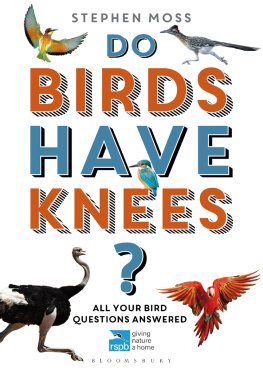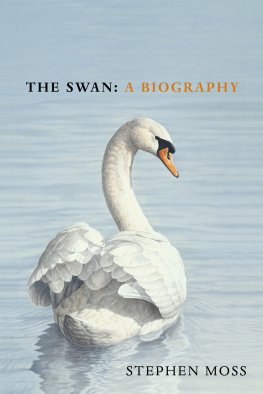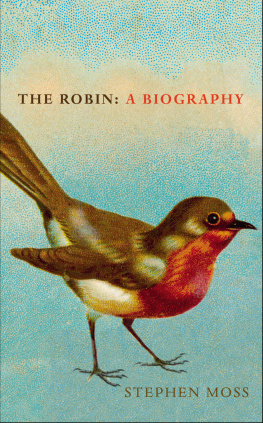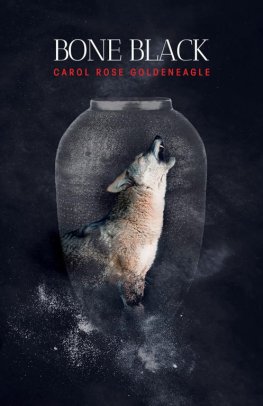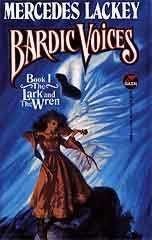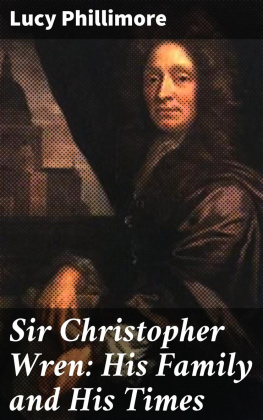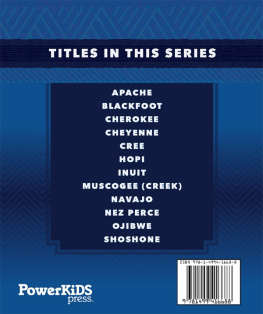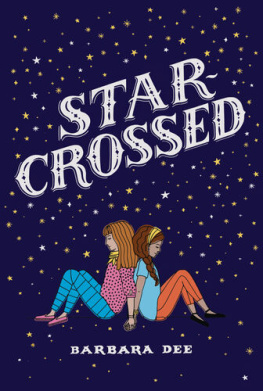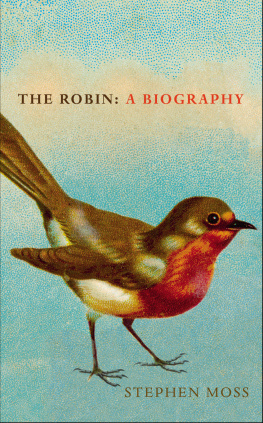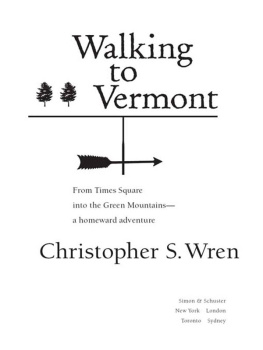www.vintage-books.co.uk
THE WREN
A BIOGRAPHY
The Secret Life of Britains Most Common Bird
STEPHEN MOSS

This ebook is copyright material and must not be copied, reproduced, transferred, distributed, leased, licensed or publicly performed or used in any way except as specifically permitted in writing by the publishers, as allowed under the terms and conditions under which it was purchased or as strictly permitted by applicable copyright law. Any unauthorized distribution or use of this text may be a direct infringement of the authors and publishers rights and those responsible may be liable in law accordingly.
Epub ISBN: 9781473560611
Version 1.0
1 3 5 7 9 10 8 6 4 2
VINTAGE
20 Vauxhall Bridge Road,
London SW1V 2SA
Vintage is part of the Penguin Random House group of companies whose addresses can be found at global.penguinrandomhouse.com.
Text copyright Stephen Moss 2018
Jacket: (front) wren by Robert Gillmor Mary Evans Picture Library
Stephen Moss has asserted his right to be identified as the author of this Work in accordance with the Copyright, Designs and Patents Act 1988
First published by Square Peg in 2018
penguin.co.uk/vintage
A CIP catalogue record for this book is available from the British Library
To Mike Dolan, my father-in-law,
who has a soft spot for wrens
Wren
Cock-tailed gobshite in the thorn.
Flitter-tongue, shrew, shrill tocsin,
tilt-arse, bustle, creep-a-mouse,
brownblur, blownburr, bellower, bumfluff,
jitterbug, puffball, alarum, pocket rooster,
songbag, waggledance, autumn bauble,
spew-a-jewel, dumpling, sinew-buster,
cordite, fizzgig, Billy Fury.
Apoplectic vol-au-vent.
Steven Lovatt
INTRODUCTION
He who shall hurt the little wren
Shall never be beloved by men.
William Blake, Auguries of
Innocence, c. 1803
On a bright, cold winters day, as I look out of the kitchen window soon after sunrise, I notice the usual flurry of activity on the bird feeders.
Great tits, resplendent in black and yellow, trade places with their smaller cousins the blue tits, each momentarily pausing to grab a seed before flying off. Theres a male chaffinch with salmon-pink underparts and smart white flashes on his wings. And a flock of goldfinches, whose yellow wing-bars and crimson faces make them one of the most striking of all our garden birds.
On the bird table itself, a cock blackbird tilts his head to reveal his golden eye-ring while, on the ground below, a robin feeds on scattered seeds, showing off his famous red breast.
But there is another garden bird here today: one that is less colourful, far less showy, and very easy to miss. I can see it now, quiet and unassuming, lurking deep in the shadows beneath the shrubbery, like a shy actor waiting in the wings while others take centre stage. It hops from one spot to the next, its sudden, jerky movements reminding me more of a small mouse than a bird. Yet a bird it is: a wren.
Whenever I encounter a wren, it is always a welcome sight: a reassuringly familiar presence, like bumping into an old friend. And I come across them often. Indeed, almost everywhere I travel in the British Isles, from the heart of London to the remotest offshore island, I know that I shall find wrens.
I have heard them in city parks and suburban gardens, in picturesque English villages and by majestic Scottish lochs. I have found them in woodland, hedgerows, and on the edge of farmland. I have seen them perching on top of a gorse bush on a baking-hot southern heath, and sheltering in the heather on a blustery northern moor. I have come across wrens hopping about on bleak and windswept coastal headlands, and have even seen one on the snowy slopes of the Cairngorm mountains.
And yet when I tell people that the wren is Britains commonest bird, they often express surprise even disbelief. Many confess, rather shamefacedly, that they have never even seen a wren. But, given that there are about eight million breeding pairs in these islands, they have probably been within a few yards of one more times than they could imagine.
In some ways, it is rather odd that so many people are unaware of a creature that is all around them; hidden, as it were, in plain sight. Its not as if wrens can be easily confused with any other bird. No other species has that distinctive stumpy shape and cocked tail, making the wren straightforward to identify, even in silhouette.
Wrens do tend to skulk along the ground, its true; but, especially in winter and early spring, they are also very active. Perhaps its because they rarely stay in the same place or position for more than a second or two, before flying off on those short, whirring wings. Not so much shy and elusive, as they are often described, but simply fast and furious. As the Guardian Country Diarist Thomas Coward pointed out back in the 1920s, Poets and sentimentalists talk of the shy and retiring Wren; really it is indifferent to our presence.
Having discovered that Britains most numerous species of bird has been eluding them for so long, most people are keen to know more. So let me tell you about the feisty little wren, and its remarkable lifestyle.
At nine or ten centimetres (three-and-a-half to four inches) long, and weighing just ten grams (roughly one-third of an ounce), the wren is often thought of as Britains smallest bird.
Yet despite its diminutive size, the wren is beaten to that title by the goldcrest and firecrest, which are both marginally shorter, and about half the wrens weight, tipping the scales at just five grams (barely one-sixth of an ounce). Even so, a wren only weighs the same as two sheets of A4 paper, or a shiny new one-pound coin.
But statistics cannot really do justice to this little ball of energy. Writers down the ages have attempted to sum up the wrens character in a word or phrase, such as businesslike, vigorous and active, dumpy and energetic and, my favourite, tiny, restless and pugnacious, coined by the godfather of British birding, Ian Wallace.
Yet none of these quite manages to capture the wrens true nature. The Victorian nature writer W. H. Hudson perhaps came closest when he wrote of:
The little nut-brown wren nut-like, too, in his smallness and round, compact figure with cocked-up tail and jerky motions and gesticulations, and flight as of a fairy-partridge with rapidly-beating, short wings, that produce a whirring noise if you are close enough to hear it
A multitude of folk-names also reflect the nature of this captivating little bird. The French lexicographer Michel Desfayes lists well over a hundred different local names for the wren in Britain, the vast majority of which derive from the birds small size and compact shape.



